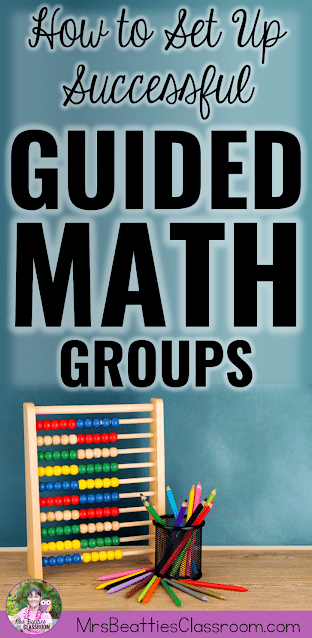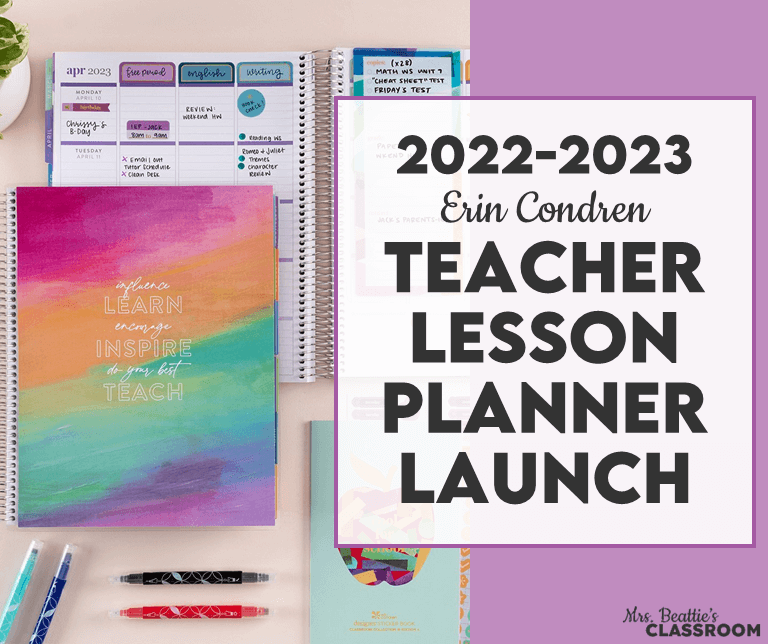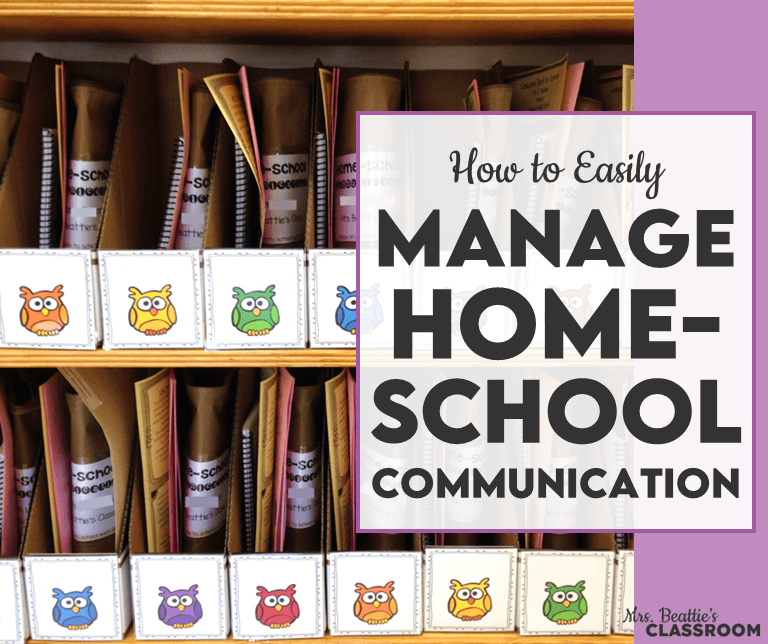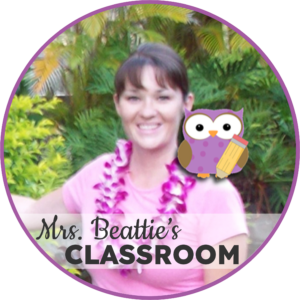Groups need to be carefully planned for guided math to run smoothly. I’m often asked how I do this, so today, I’m sharing my tips for setting up successful guided math groups.
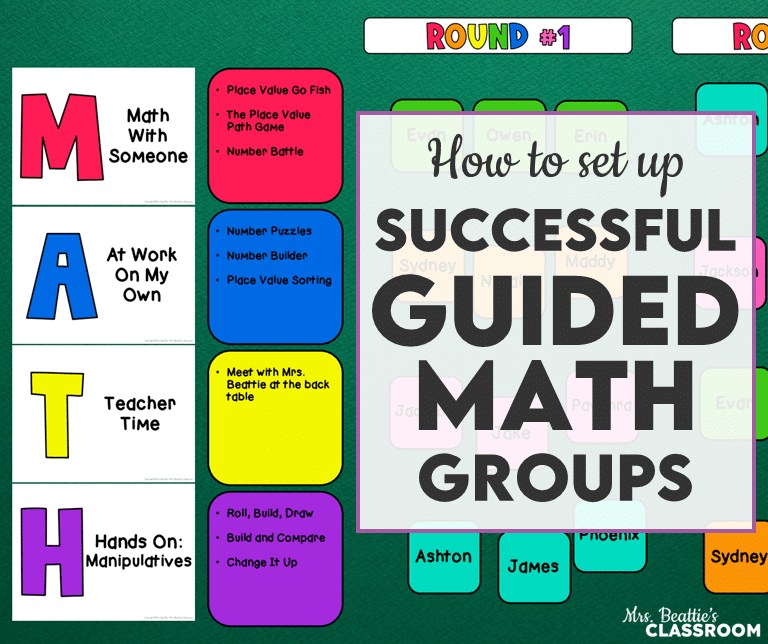
When I set up my Guided Math groups, I very rarely separate my students based on grade. I don’t let the curriculum dictate what I do in my classroom; rather, I let my students’ strengths and needs guide my teaching.
I like to begin my teaching with a picture book at the beginning of a unit. This is a great way to engage your students and put a topic on their level of understanding.
I am Amanda Bean and I love math. I know all about counting. I am very good at it. I can count by ones, twos, fives and tens.
Amanda Bean’s Amazing Dream by Cindy Neuschwander
After reading, I give my students a short task to complete. These tasks can vary greatly from one math topic to the next. I generally use:
- An “open question” such as those in the resource Good Questions for Math Teaching or Good Questions: Great Ways to Differentiate Mathematics Instruction. (I have no affiliation with either of these resources, but they’re tried and true in my classroom!)
- One task from my Guided Math Centers resource, completed by the whole class rather than in a small group.
- A question or task taken from a textbook or commercial math resource.
While my students complete the task independently or in pairs, I circulate and observe how they approach the activity. I ask questions such as:
- Why did you do that?
- How did you get that answer?
- What does this part mean?
- What was your reason for doing that?
I use the iDoceo app to record my anecdotal notes and complete checklists indicating what my students can and cannot do.
Once I have this observation data, I can create my groups. Since my Guided Math program is based on four groups (Math With Someone, At Work On My Own, Teacher Time, and Hands-On: Manipulatives), I aim to create four groups with my students.

My groups are based on similar strengths and needs among my students. I begin by placing my neediest students into one group and my students who have demonstrated the most strength with the topic into another group. I then look at the data for the remaining half of my group and decide how to split these students into two additional groups.
Of course, it is important to examine the groups to identify any possible issues or combinations of students that may not work—students who don’t get along easily, etc. Remember that three of your groups will be working independently, and you need them to function without direct supervision while teaching a Guided Math lesson to the fourth group.
As the year progresses and I get to know my students better, creating groups gets easier. I already know many of their strengths and needs, so the performance I observe rarely surprises me, and I know which students to separate.
It is important to remember that your Guided Math groups should remain completely fluid. If a student does not fit well in a particular group, move them to another. You should never feel like once a group is set, you’re stuck with that arrangement. My groups change all the time!
If you’re ready to get started with Guided Math, be sure to grab my FREE Guided Math Starter Kit right here:
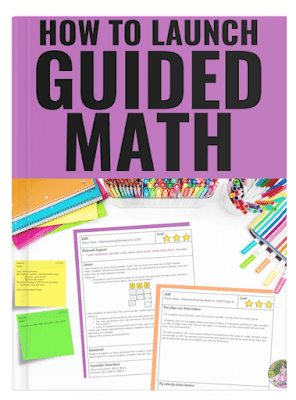
You might be interested in these other posts about Guided Math:


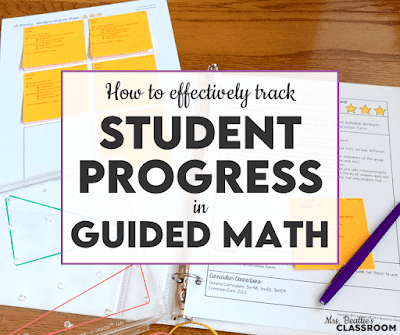
If you have enjoyed this post, please share it with friends and colleagues on Facebook or pin it on Pinterest:
